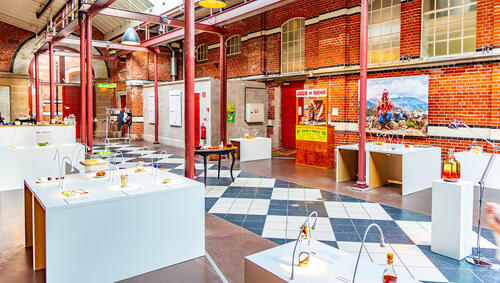Europe is home to the biggest museum on Earth — the Louvre — as well as other expansive exhibition halls including the Prado and British Museum. But in addition to these larger-than-life galleries, the continent also contains numerous tiny yet deeply fascinating museums that many people pass right by.
These minuscule institutions dedicate what little space they have to preserving relics from the worlds of counterfeiting, neon signs, and a wide variety of other niche topics. If you’re looking for an unusual experience off the beaten path, check out seven of the most interesting little museums in Europe.
Museum of Counterfeiting — Paris, France
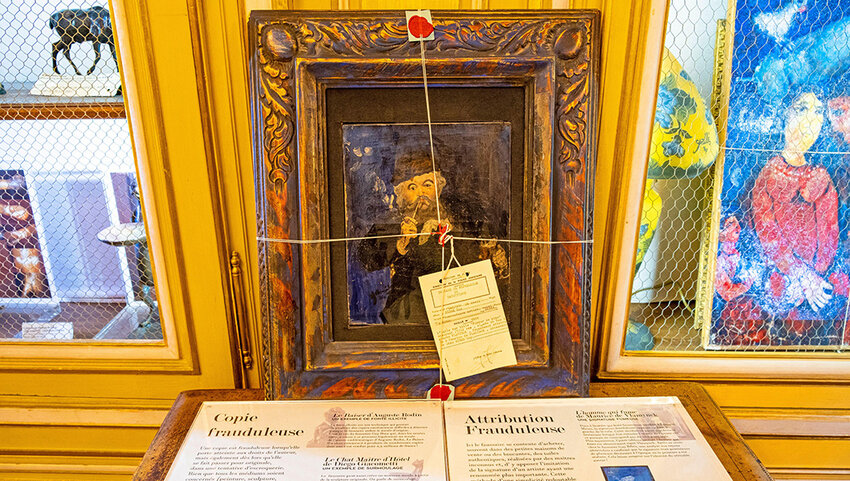
Tucked away on the outskirts of downtown Paris, Musée de la Contrefaçon is a six-room gallery dedicated to the history of counterfeiting. The museum opened its doors in 1972 and now displays over 500 counterfeit items, half of which were donated and the other half of which were confiscated by actual government institutions. In fact, the museum is located in the same building as the Parisian repository for legally confiscated counterfeits, so new items are constantly being added to the collection.
The Musée de la Contrefaçon cleverly displays each fake item alongside its genuine counterpart, allowing visitors to see the differences — or lack thereof — between them. Some highlights include fake Swiss Army Knives, bronze statues “created” by sculptor Auguste Rodin, and knockoff Chanel gloves. There’s even a rotating “forged object of the month” on display, so you never know what you’re going to see during your visit.
Disgusting Food Museum — Malmö, Sweden
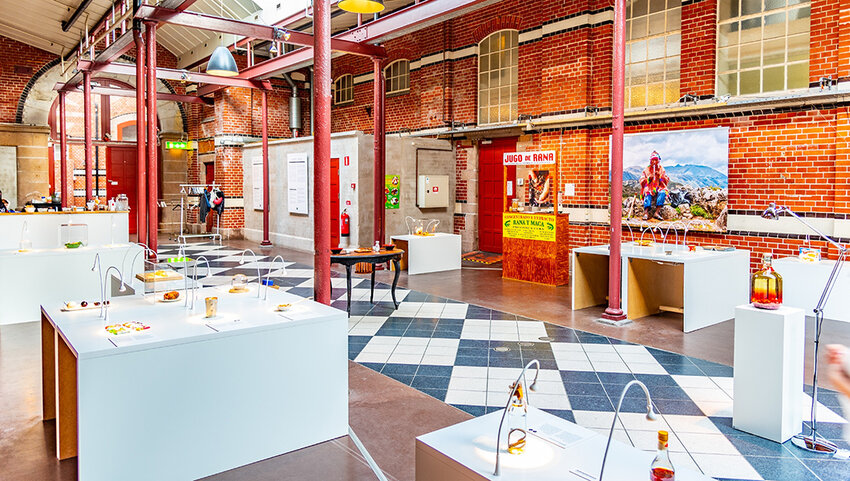
Sweden’s Disgusting Food Museum is way more fascinating than it is appetizing. This odd collection of odorous and downright grotesque culinary delicacies is located in the city of Malmö. The collection includes local fermented herring known as surströmming, maggot-infested cheese from the island of Sardinia called casu marzu, and a pungent fruit from southeast Asia known as durian.
If you dare, you can even smell and sample some of the foods on exhibition, though be forewarned that these dishes certainly aren’t for everyone. That being said, the museum encourages people to keep an open mind — and open mouth — and reevaluate their feelings about what food they find disgusting. Who knows, you may end up falling in love with a dish you would’ve never tried otherwise.
Museum of Miniatures — Prague, Czech Republic
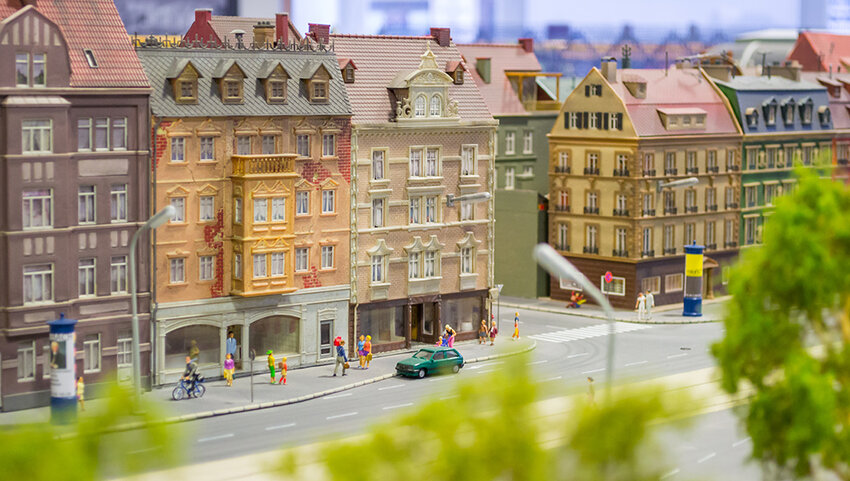
When talking about little museums, it doesn’t get much smaller than the Museum of Miniatures in Prague. The concept started as a standalone art exhibition in 1996, though it has since expanded to a permanent fixture within the Strahov Monastery. The museum displays one of the largest collections of microminiature art in the world — art that’s so small it can't be seen with the naked eye and instead requires an optical device to examine.
Some of the most noteworthy exhibits in the museum include the world’s smallest bicycle made from pure gold, which measures a mere 1.2 millimeters. There’s also a pair of scissors smaller than 0.9 millimeters long, as well as a microscopic flea with tiny horseshoes affixed to its feet. The Museum of Miniatures' most impressive exhibit may be the world’s smallest book — a 0.9 by 0.9 millimeter copy of Anton Chekhov’s “The Chameleon” consisting of thirty individual pages and three illustrations.
Neon Museum — Warsaw, Poland
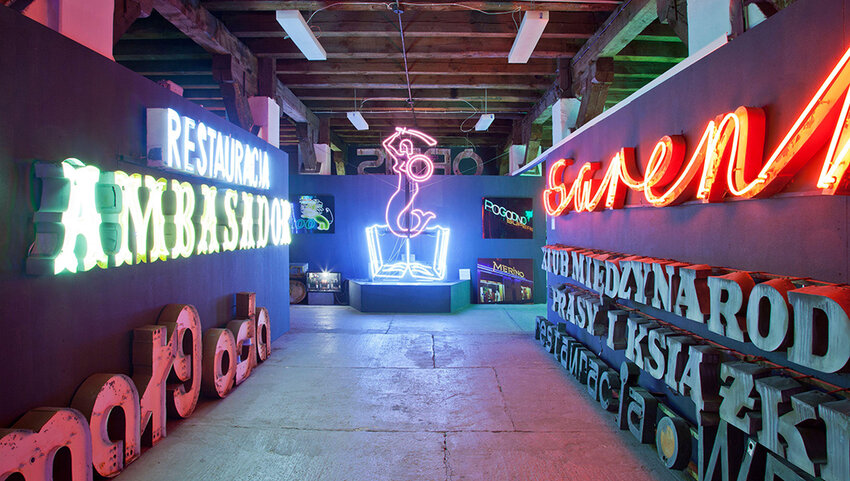
Though it may be small, you’d have a hard time missing the glowing lights of Warsaw’s Neon Museum. The museum’s curators began amassing their collection of Cold War-era neon signs back in 2005, before opening up the permanent gallery in 2012. The museum is dedicated to a period of “neonization” that occurred throughout Poland between the 1950s and 1970s, when stores attempted to Westernize their signage using bright neon.
The hallways are lined with neon fixtures that exemplify spectacular craftsmanship and boast vibrant coloration. These signs — many of which are generic in nature — were designed to promote cafes, nightlife, and other shops on the city streets. All told, there are roughly 100 neon lights on display that originated all throughout Poland.
Aldaris Beer Museum — Riga, Latvia

The Aldaris Beer Museum is the first of its kind in Latvia, and is located in a historic brewery that first opened in 1865. The museum covers three floors, and its main exhibit is the legendary brewing hall that has remained untouched since 1938. The museum opened its doors in 2015 after a massive restoration project that was completed to preserve the historical integral of Latvia’s rich brewing history.
Beer lovers are encouraged to take a tour and witness the exceptionally rare copper beer kegs used for brewing, as well as other intricate piping and equipment. The museum’s many exhibits cover the world’s 55 main types of beer varieties, and guests are even encouraged to sample some beers for themselves. The museum is located just on the other side of the building from a working brewery, so be sure to pick up some local craft beers to cap off your visit.
Mini Bottle Gallery — Oslo, Norway
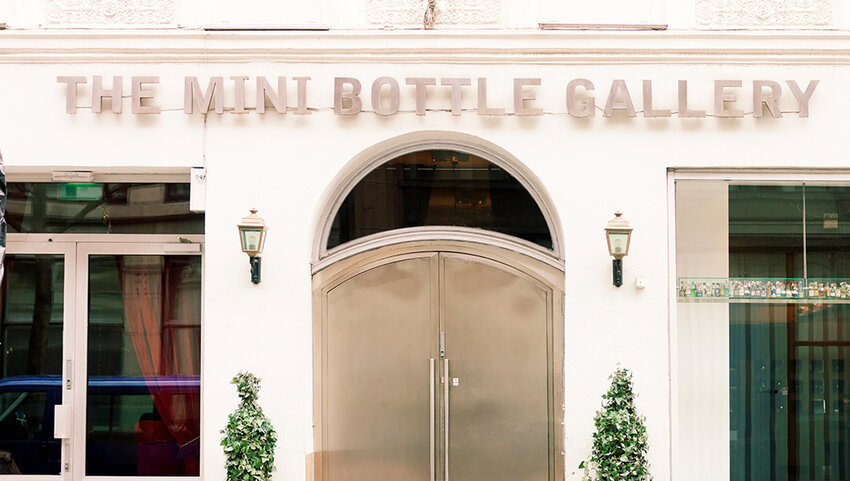
The Mini Bottle Gallery covers three stories of an unassuming building in Oslo, and contains 53,000 different tiny bottles in its collection, 12,500 of which are on display at any given time. The museum is owned by a wealthy brewer who chose to share his hobby with the world. Throughout the collection, you can check out bottles filled with various liquors, preserved fruits, and even some unusual creatures like worms and mice.
One of the most unique aspects of the Mini Bottle Gallery is a slide that takes visitors on a steep descent into the ominously named “Horror Room.” Fear not, however, as this spooky chamber is more of a kitschy carnival gimmick than anything, and is decorated with fake skeletons and other spooky features. There are however some odd and grotesque miniature bottles down in the Horror Room that contain strange objects.
Kröller-Müller Museum — Otterlo, Netherlands
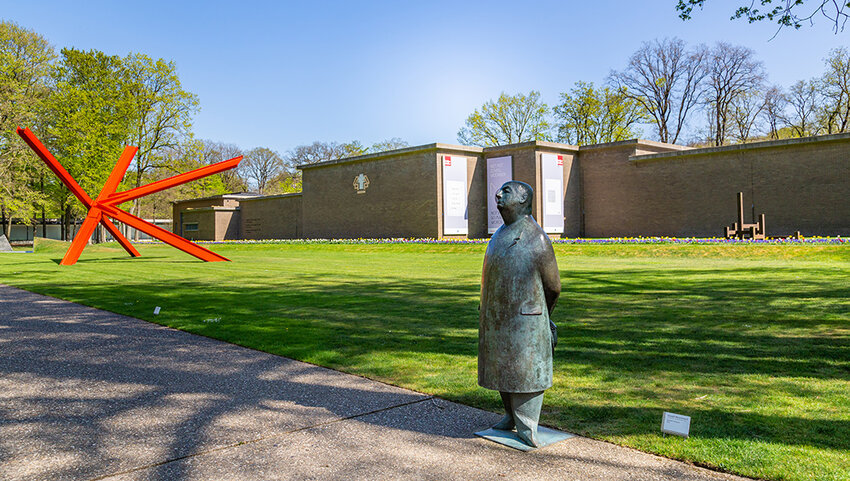
While it may not be necessarily small in size, the Kröller Müller Museum is easy to overlook unless you seek it out. The hour-long drive from Amsterdam is well worth the trip, however, as the art museum has a shockingly large collection of Van Gogh’s works. In fact, there are 90 paintings and 180 drawings from Vincent Van Gogh in the museum’s collection, enough to make this the world’s second-largest collection of Van Goghs in any one place.
Other legendary artists also on display at the Kröller-Müller Museum include Claude Monet, Georges Seurat, and Pablo Picasso. If you’re looking to avoid the lengthy lines at more popular art museums, then it’s definitely worth traveling off the beaten path to the tiny town of Otterlo to see these incredible artistic works for yourself.

